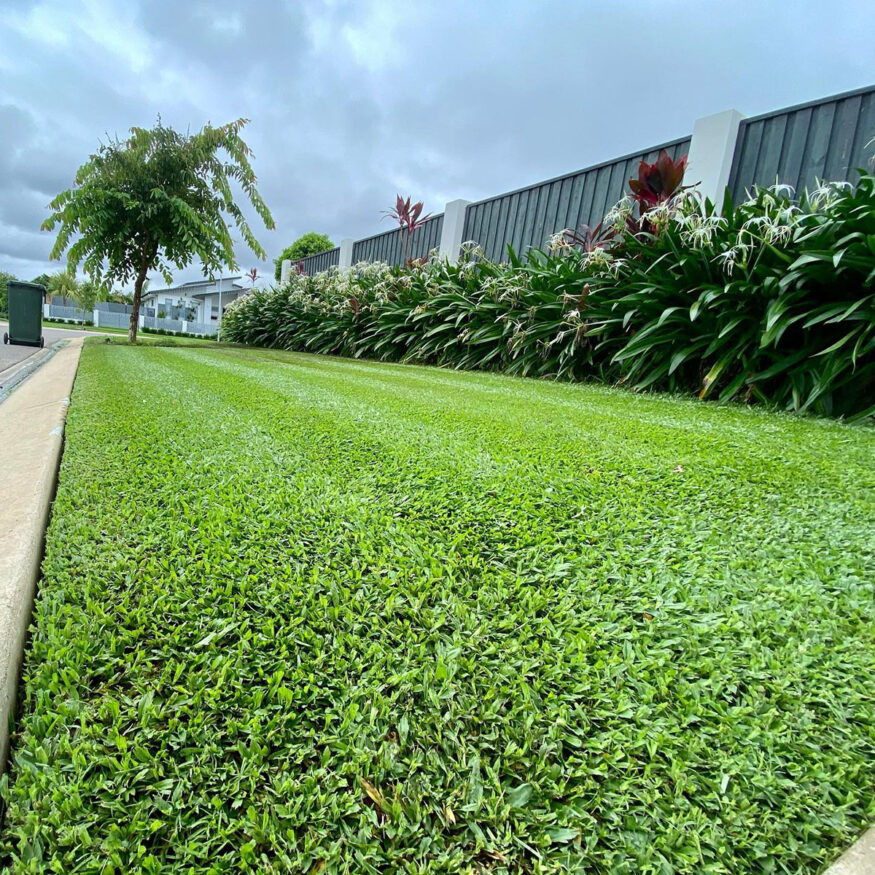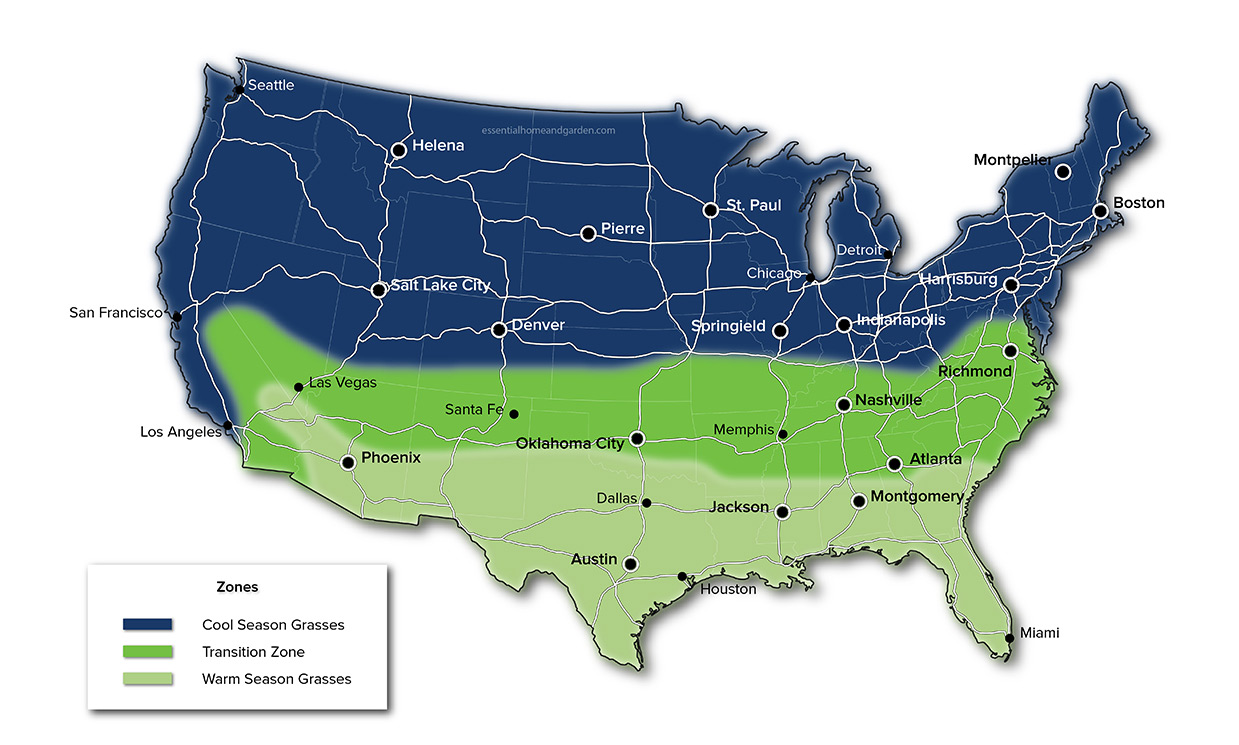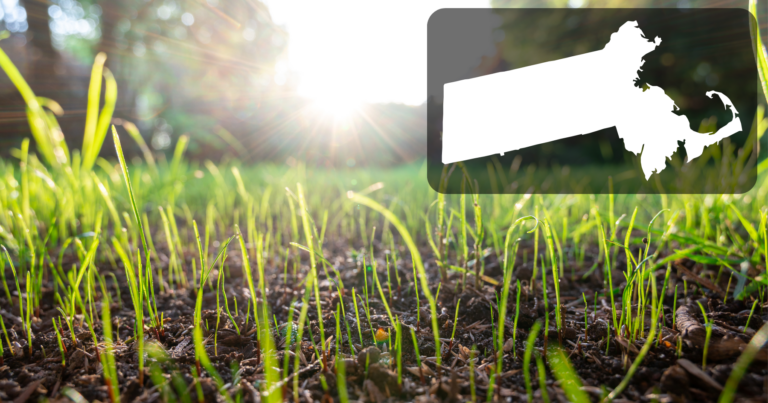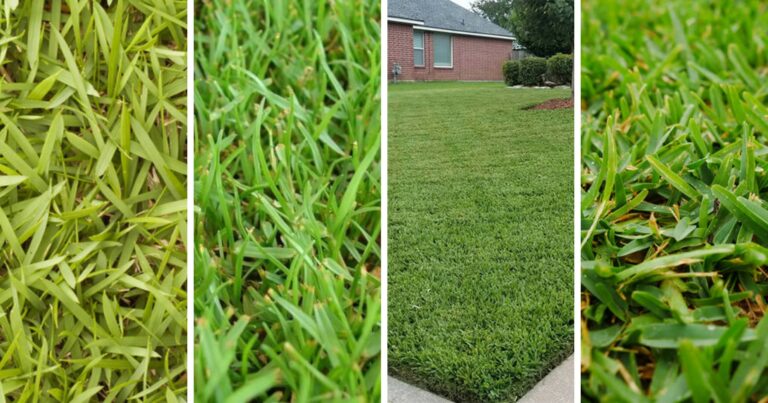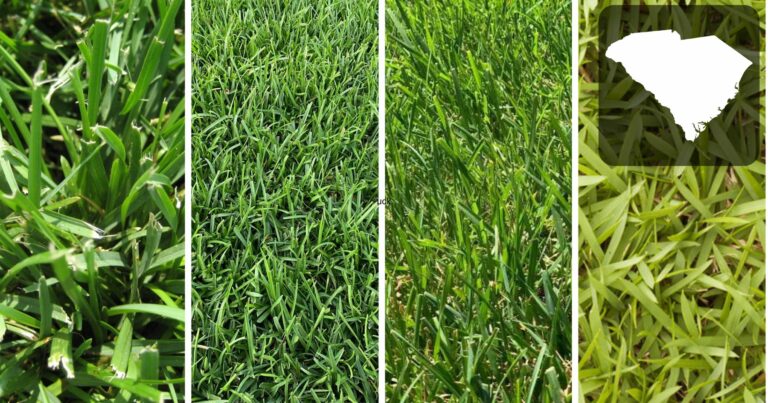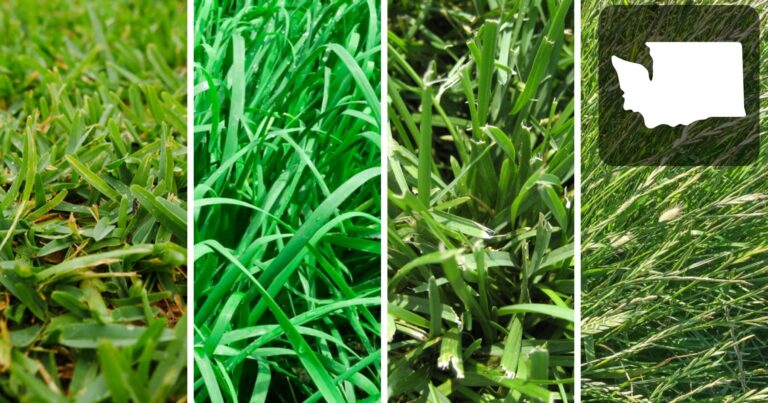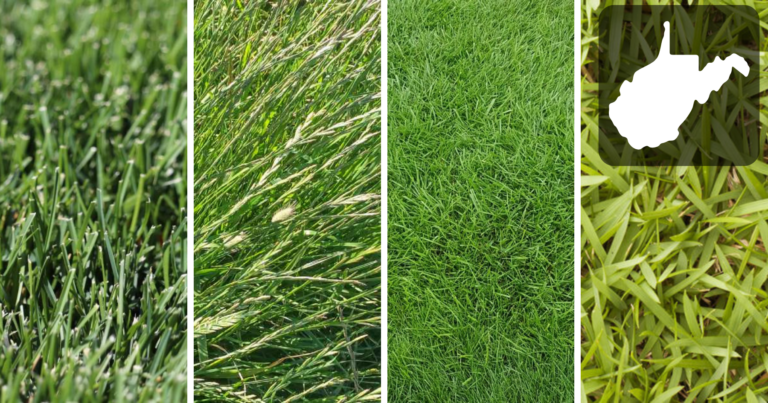When to Plant Grass Seed in Massachusetts
Learn the best practices for planting grass seed in Massachusetts from seasoned lawn care experts. This article covers optimal planting times, soil preparation tips, and how to choose the right grass type for your area.
